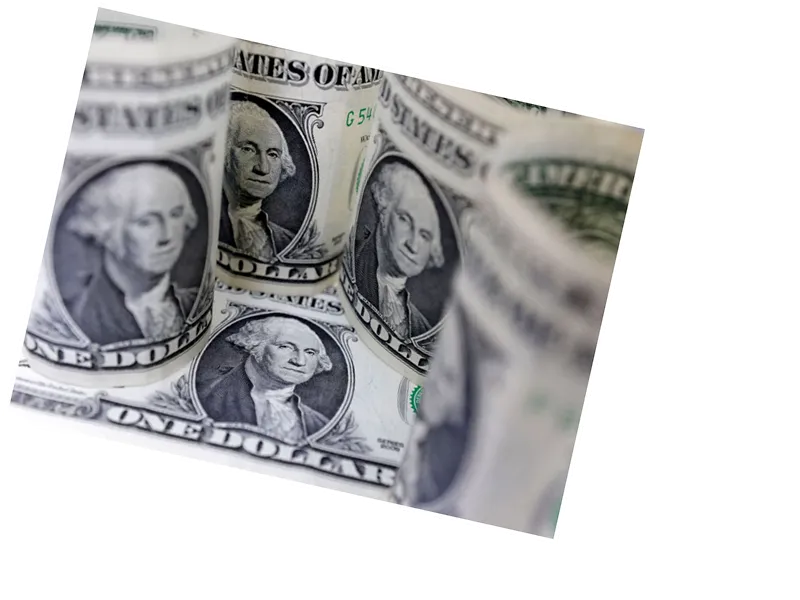Dollar Strengthens Amid Geopolitical Turmoil
The U.S. dollar has shown resilience, hovering near a six-week high as investors flock to safe-haven assets amid escalating tensions in the Middle East. The ongoing conflict has heightened concerns about its impact on the global economy, prompting a surge in demand for the dollar, which is often seen as a stable investment during times of uncertainty. As of Friday, the dollar index, which compares the greenback to six other major currencies, stood at 101.91, just shy of the 102.09 mark reached earlier this week. This represents a significant increase of approximately 1.5% over the past week, marking its strongest performance since April.
Market analysts are closely watching the upcoming U.S. jobs data, which could provide crucial insights into the future of U.S. interest rates. The dollar's recent strength comes as other major currencies, including the euro and the British pound, have faced declines. The euro settled at $1.102925 after experiencing a five-day losing streak, while the pound saw a slight recovery following comments from Bank of England officials regarding potential interest rate cuts.
Global Currency Movements Reflect Economic Uncertainty
In addition to the dollar's rise, other currencies have shown mixed performances. The Australian dollar fell to $1.3127, nearing a three-week low, while the Japanese yen increased by 0.4% to 146.34 against the dollar, recovering from earlier losses. Despite this rebound, the yen remains close to a six-week low, highlighting the volatility in the foreign exchange markets as investors navigate a landscape fraught with geopolitical risks.
The situation in the Middle East continues to evolve, and its repercussions are likely to influence currency markets and economic policies worldwide. Investors are advised to remain vigilant as the global economic landscape shifts in response to these developments.





